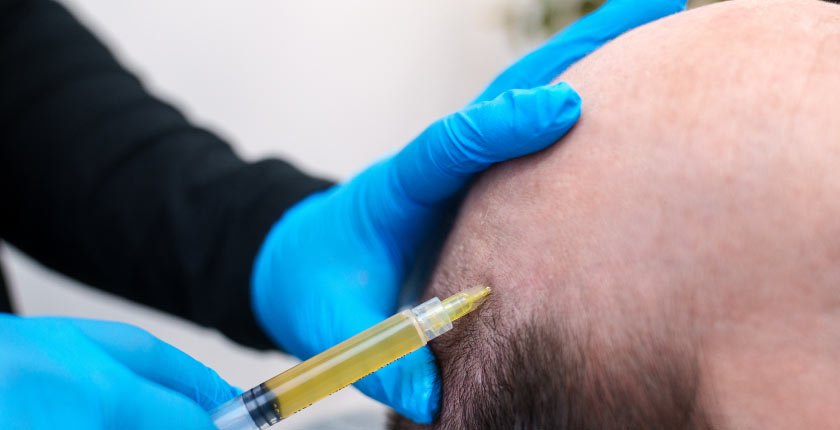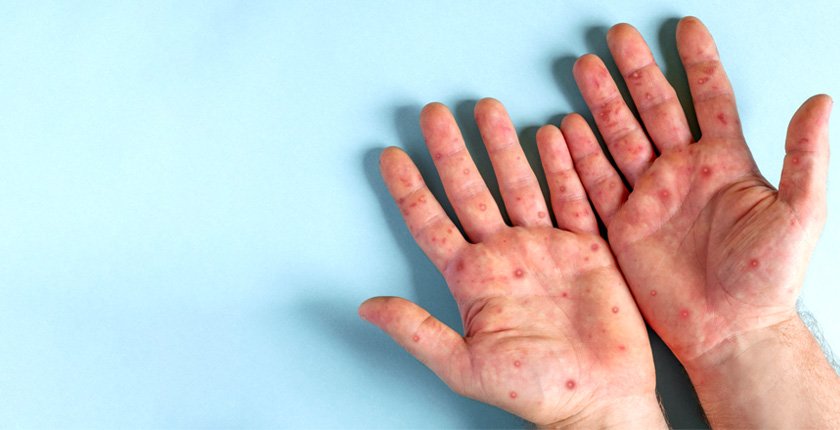
MALE PATTERN BALDNESS, & HOW IS IT TREATED?
Baldness is an accepted phase of ageing for some people; on the other hand, it is quite distressing for others. It can begin in the early stage, such as the late twenties or early thirties. Known as “Androgenic Alopecia”, male pattern baldness is one of the foremost reasons behind hair loss in men. As per USNLM, more than half of people over 50 years of age will be impacted by male pattern baldness to some extent.
What is male pattern baldness?
Male pattern baldness refers to when a male’s hair is lost in a clear-cut pattern. Hair loss patterns in women vary from male hair loss patterns, and hair becomes thinner all over the surface in women, and the hairline doesn’t recede. Androgenic Alopecia rarely causes complete baldness in women.
Male pattern baldness can be genetic or occur if someone has a family history of baldness. Research has revealed that male pattern baldness is related to androgens, hormones found in men that regulate hair growth. Each hair has a growth cycle, and male baldness weakens this growth cycle, so shorter yet more delicate strands of hair start to grow. Ultimately, the growth cycle of hair stops and no new hair grows.
Genetic baldness in men usually has no side effects.
How is it treated?
Regular & long term treatment is required to control the progression of Male Pattern Baldness.
Minoxidil
Minoxidil is a topical remedy applied to the scalp. It slows down the hair fall and promotes hair regrowth, and usually takes four to twelve months to deliver visible outcome, so long term use is mandatory.
Finasteride
Finasteride is an oral & topical medicine that reduces hair fall. It blocks the production of hormones that causes hair fall and is considered more beneficial than Minoxidil due to its better success rate. It may take three months to twelve months to get visible outcomes. If there is no improvement in hair growth after using the medicine for one year, your doctor will suggest you stop taking the medication.
Hair Transplant
Hair transplant treatment is gaining popularity daily as an effective treatment for male pattern baldness. A hair transplant process includes removing hair from scalp spots where hair growth is active and transplanting them to scalp areas that have baldness or thinner hair. A hair transplant may consist of multiple treatments and offers natural growth to hair that is permanent.
Seeing yourself bald in a mirror can be a terrifying experience, and you may have psychological issues in accepting your look. CUTIS Hospital Bangalore has many renowned hair specialists and offers the safest and the best hair transplant treatment facilities in Bangalore.
FAQs About Male Pattern Baldnes
1. What exactly is male pattern baldness?
Male pattern baldness (androgenetic alopecia) is a hereditary condition characterized by progressive hair loss, typically starting at the temples or crown and gradually advancing over time. It is the most common cause of hair loss in men and is influenced by genetic and hormonal factors.
2. Can male pattern baldness be treated?
Yes, male pattern baldness can be effectively managed through various methods such as medications like minoxidil and finasteride, hair transplant surgery, low-level laser therapy, and platelet-rich plasma (PRP) therapy. These treatments offer hope by providing relief from progressive hair loss and promoting hair regrowth.
3. How does minoxidil work in treating male pattern baldness?
Minoxidil, commonly known as Rogaine, is a topical solution applied to the scalp to enhance hair growth by widening hair follicles and prolonging the growth phase. It is most effective in slowing down hair loss and promoting regrowth in some individuals, particularly in the crown area.
4. What is finasteride, and how does it help with male pattern baldness?
Finasteride, marketed as Propecia, is an oral medication that inhibits the conversion of the hormone testosterone into dihydrotestosterone (DHT). DHT is responsible for shrinking hair follicles in individuals predisposed to male pattern baldness. Finasteride can help prevent further hair loss and promote hair regrowth in some men.
5. How effective are hair transplant surgeries for male pattern baldness?
Hair transplant surgery involves relocating hair from donor areas (typically the back or sides of the scalp) to balding or thinning areas. For suitable candidates, it can provide natural-looking results and long-term hair restoration. The success of the procedure depends on factors such as the skill of the surgeon and the quality of the donor hair.
6. What is low-level laser therapy (LLLT) and how does it treat male pattern baldness?
Low-level laser therapy (LLLT) is a non-invasive treatment that uses red light to stimulate hair follicles, increase blood flow to the scalp, and promote hair growth. It is often used in combination with other treatments like minoxidil or finasteride to enhance their effectiveness.
7. How does platelet-rich plasma (PRP) therapy help with hair loss?
Platelet-rich plasma (PRP) therapy involves drawing a small amount of the patient’s blood, processing it to concentrate the platelets, and injecting the platelet-rich plasma into the scalp. PRP is rich in growth factors that stimulate hair follicles and promote hair growth. It can be used alone or in conjunction with other treatments.
8. Are there any side effects associated with treatments for male pattern baldness?
Most treatments for male pattern baldness have minimal side effects. Minoxidil may cause scalp irritation, while finasteride can lead to sexual side effects in some men. Hair transplant surgery carries risks such as infection and scarring. PRP therapy and LLLT have minimal side effects. It’s essential to consult with a dermatologist to discuss potential risks and benefits.
9. Can lifestyle changes help manage male pattern baldness?
While lifestyle changes alone cannot cure male pattern baldness, maintaining a healthy diet, managing stress, and avoiding harsh hair treatments can support overall hair health and potentially slow down hair loss.
10. How can Cutis Hospital help with treating male pattern baldness?
Cutis Hospital offers comprehensive treatments for male pattern baldness, including advanced options like minoxidil, finasteride, hair transplant surgery, PRP therapy, and low-level laser therapy. Our experienced dermatologists provide personalized care and treatment plans tailored to your specific needs.For expert guidance and personalized care in managing male pattern baldness, visit Cutis Hospital, where skilled dermatologists provide comprehensive solutions to help you achieve and maintain healthy hair.









